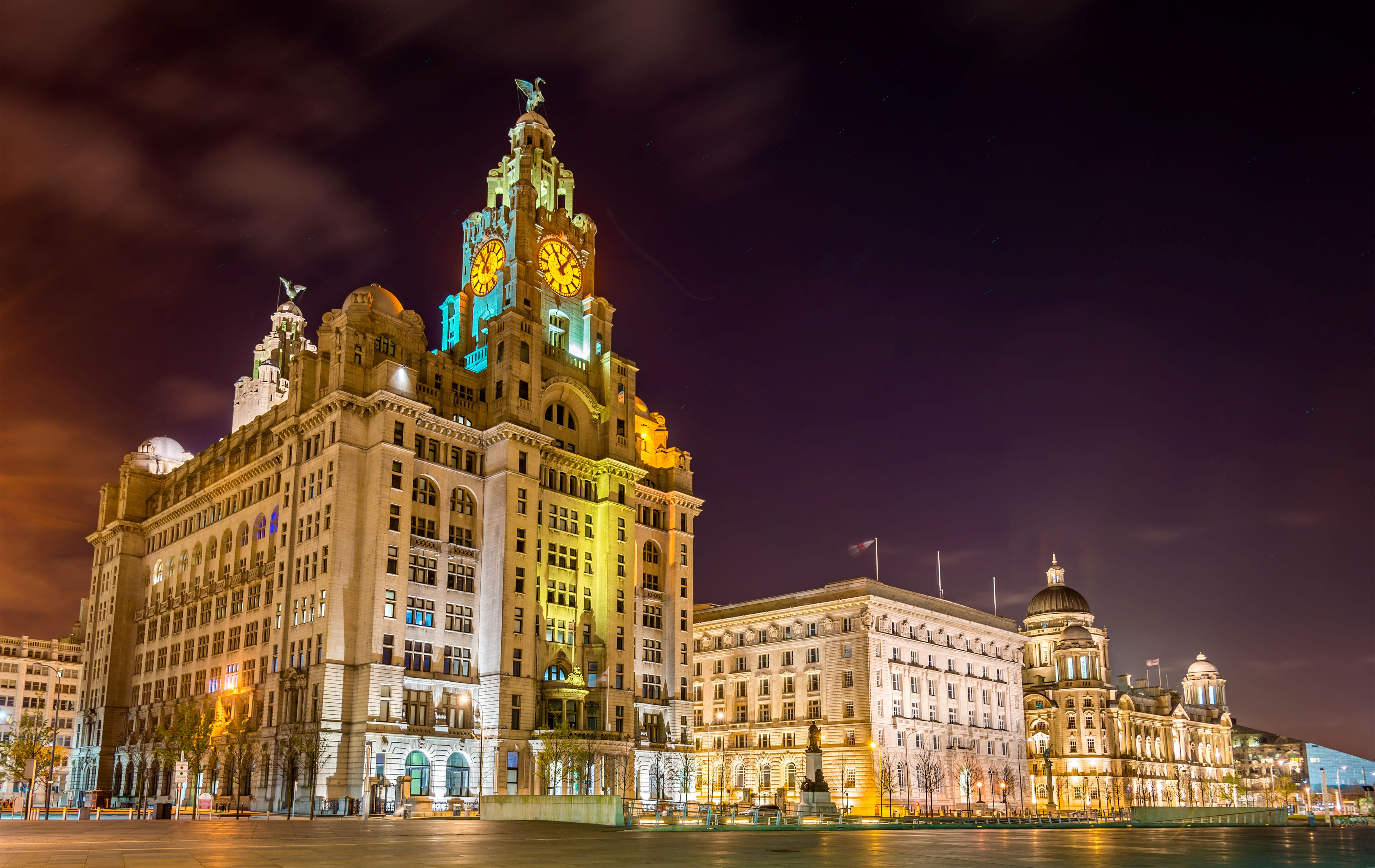
In the first of a new series looking at the major trade cities of the UK, and ahead of MemberCon23, which is hosted in the historic city of Liverpool tomorrow (5 July), the IOE&IT Daily Update looks at the long rich and rich history of international trade in the Merseyside Port.
Normally, when people think of Liverpool, they think of musical icons such as the Beatles, Frankie Goes to Hollywood or Gerry and the Pacemakers. Or perhaps they think about its successful football teams and other sporting achievements, including its world-famous Aintree racetrack (home to the Grand National), or a plethora of boxers and other athletes.
But Merseyside is also a crucial part of international trade, and the Port of Liverpool represents one of the UK’s most historic docklands.
Commercial port
Today, the Port of Liverpool is the UK’s fourth-busiest container port, handling around 900,000 twenty-foot equivalent unit (TEUs) of cargo each year.
It has traditionally been a key hub for transatlantic trade and dominates the nation’s container traffic with North America.
It also serves more than 100 other non-EU destinations from China to India, Africa, Australia, the Middle East and South America.
The Port is the UK’s leading gateway for imports of grain and animal feed, for the export of recycled metal and the movement of freight between Great Britain and the island of Ireland.
Passenger decline
Between 1830 and 1930 Liverpool was one of the country’s main terminals for mass emigration, with 9 million people departing for destinations such as North America, Australia and New Zealand.
Indeed, famous ocean liners such as the Titanic, Lusitania and Olympic launched from Liverpool’s docks in the 19th century, travelling to the US and Canadian East Coast in the early days of mass trans-Atlantic travel.
As this passenger trade declined, the docks became more reliant on cargo and had to constantly upgrade the size of facilities to cope with increasingly bigger ships.
The latest iteration of this development is the construction of a huge new deep-water shipping dock dubbed ‘Liverpool2’, which can cater for the new breed of giant container ships.
Liverpool2
Peel Ports claims that Liverpool2 will offer exporters based in the North of England a more competitive route to international markets and its Cargo200 initiative aims to cut road and rail miles from freight logistics, reducing costs, congestion and carbon emissions in supply chains.
The company says it has invested more than £400m in the past three years and announced the second phase of its expansion of portside facilities.
This next phase will include the installation of another three ship to shore cranes and 10 cantilever rail-mounted gantry cranes.
This second container terminal to be built at a cost of £100m will be capable of handling 500,000 TEUs a year, and almost double Liverpool’s container capacity to nearly 1,500,000 TEUs.
There will also be additional points for refrigerated cargo installed to allow the terminal to handle even greater quantities of refrigerated containers at the Port of Liverpool.
According to Port Technology, one recent industry study by property adviser, Knight Frank, rated the Port of Liverpool was best in the country for future logistics investment and development.
Freeport nomination
As previously covered in the Daily Update, Liverpool Port has been named one of England’s eight freeports.
Liverpool City Region Freeport director John Lucy said that the approval marked a “significant moment” in the region’s history.
“[This is an] unprecedented opportunity to grow the local and regional economy and maximise its unique international trade advantages to benefit the wider UK economy.
“LCR Freeport will build upon Liverpool City Region's existing strengths, developing globally recognised clusters for manufacturing, logistics and innovation activities whilst delivering regional net-zero projects,” he added.
Louise di Blasi, a customs consultant at the Institute of Export & International Trade (IOE&IT) who supported SSO International to gain approval to become the first customs site operator in the Liverpool freeport, hailed the trade and customs benefits that the new site will provide to businesses.
“The customs sites offer a package of customs incentives for businesses with tremendous benefits to the city region’s economy, creating thousands of high-quality jobs and boosting growth and prosperity,” she said.
Korean links
In other developments, Liverpool City Region has signed an innovation and cooperation deal with a fellow port city, Busan, in South Korea.
The five-year deal will see the two areas commit to active co-operation, initially linked to innovation in digital, smart cities, clean energy and net zero, and health.
Liverpool City Region has been fostering stronger ties with Busan for more than a year, with active support from the UK Embassy in Seoul and the UK’s Connected Places Catapult, part of Innovate UK.
Prolific North reports that senior officials from K-Water, the Korean state water corporation were in Liverpool last December to sign a deal to co-operate over development of the Mersey Tidal Power project.
The port and the city both have a great heritage in cultural and trade terms, but it’s clear both also have an equally exciting future in prospect.



